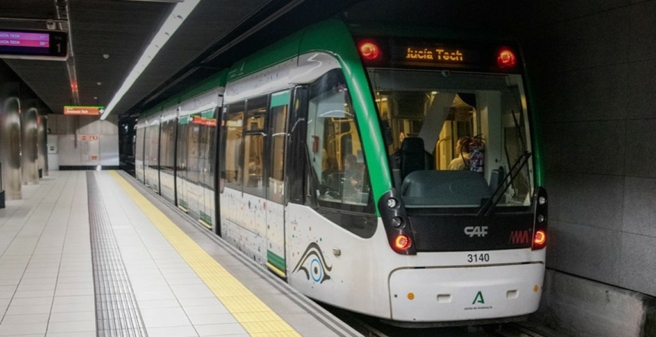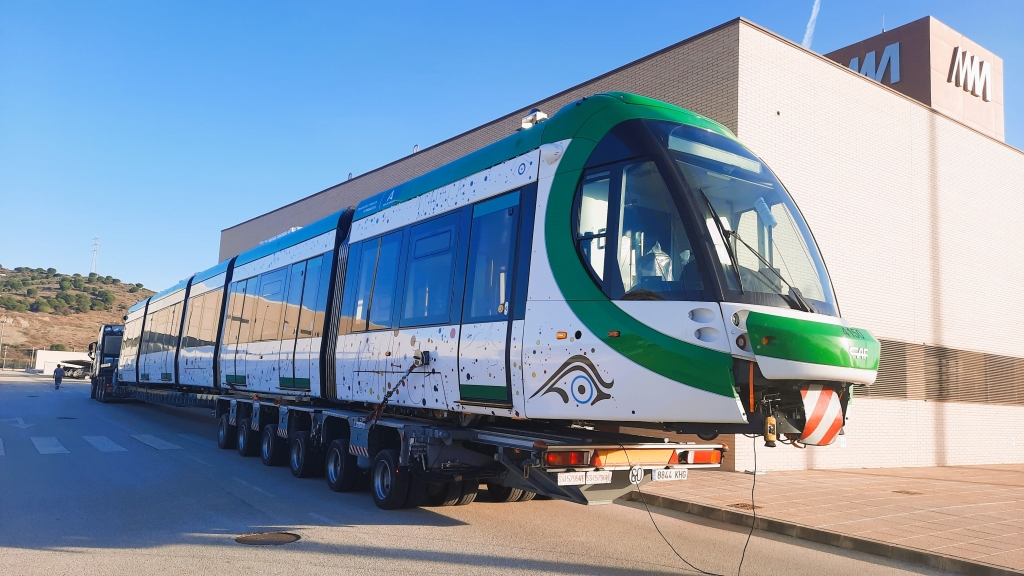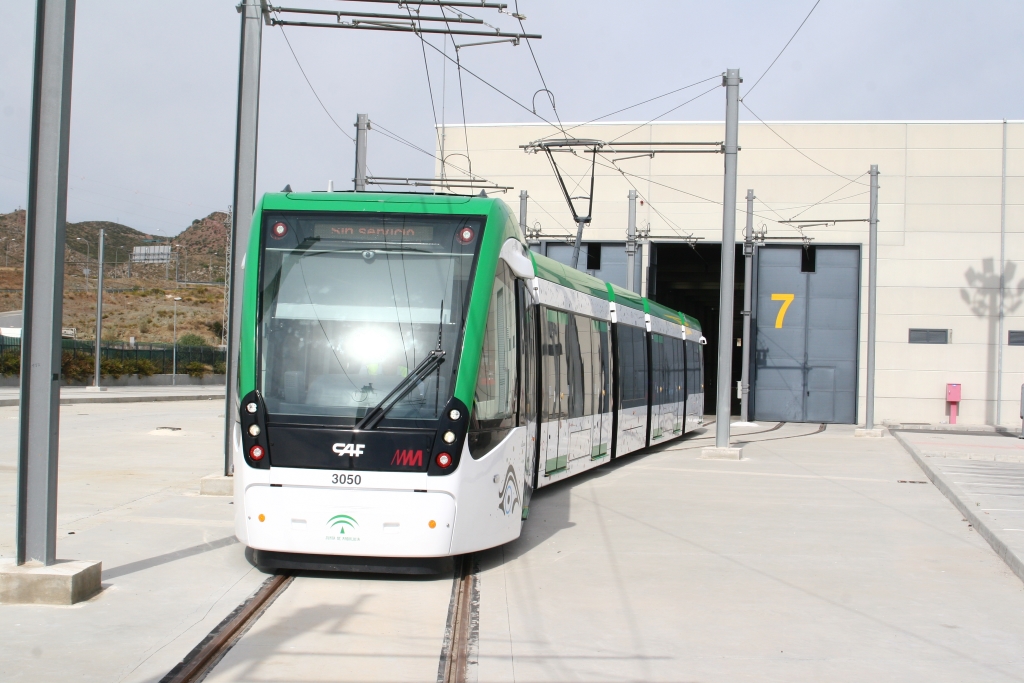
After almost 20 years of planning and construction, this evening of 27 March 2023, the city centre connection of the “Metro Málaga” finally started operation. This is the 1.2 km long extension of the “Metro”, the brand name of this low-floor light rail system with long underground sections. Currently, 18 five-section Urbos low-floor light rail cars are in service on both lines.


Originally, the two normal-gauge lines of the metro were supposed to go into service as early as 2009, including the new section that has now been opened. The light rail system was built under a public-private partnership model. Financial constraints on the part of the public administration, which is actually assuming most of the risk and the majority of the costs of now well over 800 million Euros in total, but also discussions on political level delayed the expansion and further construction of the infrastructure for a long period of time. It was not until 30 July 2014 before the two lines 1 El Perchel – Andalucía Tech and 2 El Perchel – Palacio de los Deportes started revenue service, over a length of 12 km so far. Line 2 has now been extended by 600 metres from the previous terminus El Perchel – located next to Malaga’s main railway station – to Guadalmedina stop, while line 1 continues another 600 metres to the second new stop Atarazanas in the old town center.
While the Guadalmedina station is quite large with wide platforms, there is only one track and a relatively narrow platform at the terminus Atarazanas – although this stop is likely to become one of the most frequently used of the network.
A route map can be found at:
https://www.urbanrail.net/eu/es/malaga/malaga.htm
The current passenger numbers of just over 6.7 million passengers per year (2022) should increase significantly with the new connection – such figures can easily be handled by bus services elsewhere.
Only then the enormous investments might be justified to some extent in retrospect. The investment amount could undoubtedly have been considerably reduced by the construction of a route on surface level – something what would have been possible without any major problems along the most of the street outside the inner city centre.
Further extensions under construction currently include a branch line from Guadalmedina with three new stops to Hospital Civil, which is also being built completely underground after public debate following some protests from parts of the local population. Again, on this section, too, it would have been possible to find a route on surface without a lot of restrictions, but this would have meant a new distribution of the road space and the reduction of parking lots for residents. Remarkably, this still seems to be quite an issue, in the south of Spain.
27.03.2023
